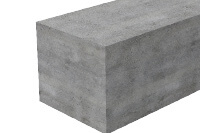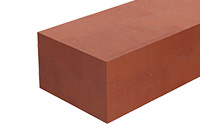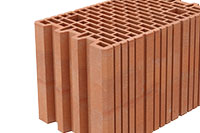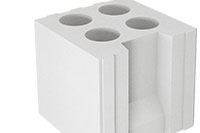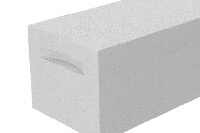At a time of ever-increasing gas, electricity and fuel prices, more and more investors are taking the decision to thermo-modernise their homes, which is the best way to reduce heat loss and has a significant impact on the household budget. In addition to replacing the heating source and insulating the walls, an important element of thermo-modernisation is the replacement of joinery, especially windows. New windows, with which we replace the old and already leaky joinery, can significantly improve the living comfort of the inhabitants.
The window is exposed to atmospheric conditions, including wind pressure and suction forces. Therefore, the joinery-wall connection must be tight and secure. Seemingly invisible elements such as fasteners have a very significant impact on the trouble-free use of the window throughout its life. Regardless of the size and material of the windows, they should form a uniform system with the building wall. One of the basic steps to achieve such an effect is the correct mechanical connection of the joinery structure to the building structure.
The key issue when installing a window or door is the choice of the right mechanical fastener and its length. Klimas Wkręt-met fastening techniques are adapted to various types of installation.
Installation out of the window opening – KPS-FAST-S/KPR-FAST-K
Well performed installation consisting in extending the window beyond the face of the wall with the use of special brackets or guides reduces the risk of thermal bridges to minimum and gives the possibility of later, easy joinery replacement. In this case, an indispensable element of the system are appropriately selected frame expansion plugs type KPS-FAST-S and KPR-FAST-K. The type and dimensions of the fasteners and their placement must always be adjusted to the dimensions of the frame and to the recommendations of the joinery producer.
Installation in the window opening – WHO/WHOW
As a general rule of thumb, in single-layer walls, windows are installed halfway through the thickness of the masonry, while in two-layer walls, with 15-20 cm of thermal insulation, they are installed as close to the outer edge of the masonry as possible. In two-layer walls, where the insulation is more than 20 cm, the joinery can be installed outside the wall, in the insulation zone. In three-layer walls, windows should be installed directly in the insulation layer, between the supporting wall and the facade wall.
When installing in the central part of the window opening through suitable mounting holes in the frame in solid substrates, it is recommended to use hardened self-tapping screws for WHO frames. These screws are equipped with a notched thread, which guarantees a secure and durable fixing in both masonry (concrete, ceramic and silicate bricks) and wooden substrates, while the tapered head ensures a stable embedment in PVC. On the other hand, for the installation of wooden profiles, it is recommended to use a WHOW screw with a cylindrical head, which guarantees the lowest possible head exposure while ensuring secure embedment.
If the window is located on the outer edge of the wall, flush with it, it is recommended to use the LO frame fastener. This is a high-quality fastener, made of galvanised steel. When installing, always ensure that the minimum edge distances are maintained so as not to damage the masonry and to ensure optimum load transfer.
Prior to installation, the window opening must also be suitably prepared, i.e. levelled, cleaned of dust and debris and primed. It is also important that the window is accurately dimensioned to avoid the window being too small or too large in relation to the size of the frame. Regardless of the location of the product, it is important to use the number of fixing anchors recommended by the producer and to use appropriate brackets or matching mounting systems.
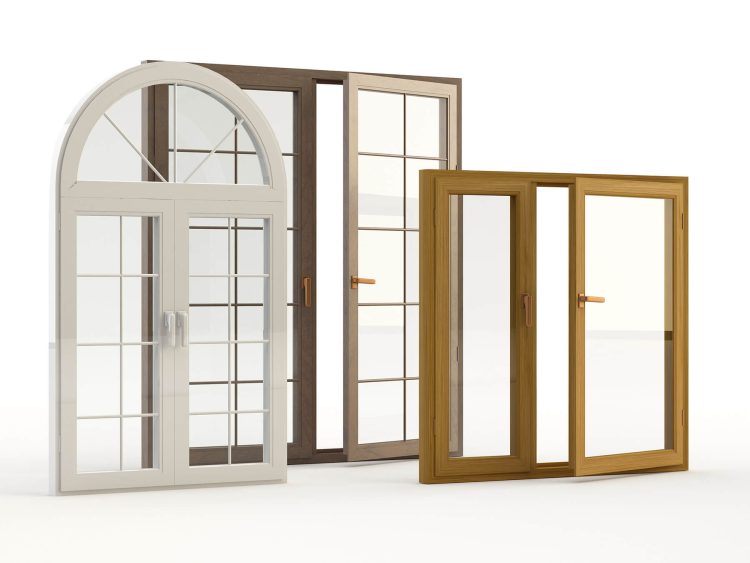
The methods and quality of these connections will affect the functionality of the joinery, which is subjected to temperature differences, dead weight loads, external wind pressure and suction forces and operational loads during use. Regardless of the type of load (dead weight of the window or wind pressure and suction), the correct quantity and quality of the fasteners used should ensure that any loads are transferred through them to the building structure without altering the functionality of the installed products. Correct installation should be carried out in accordance with building regulations and the guidelines of the joinery producer.


